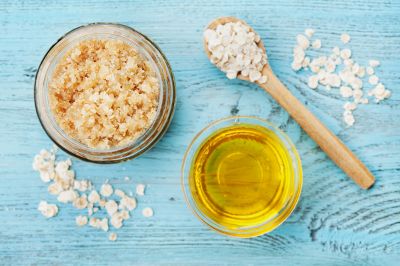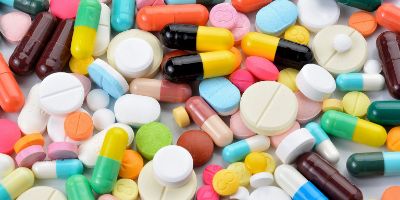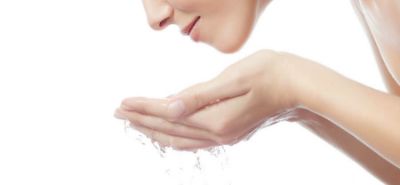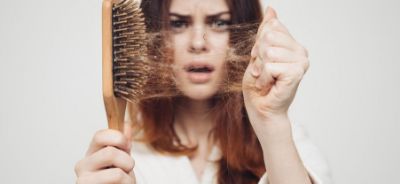Just like cleansing, toning, and moisturizing, scrubbing also occupies a significant place in our beauty regimen. Exfoliation of the skin can prevent many skin problems. With so many different types of facial scrubs and body scrubs available in the market, exfoliating your skin is not a difficult task at all! In fact, you can also choose to make your own homemade scrubs to exfoliate your skin with ingredients you like best! Just invest in the right kind of scrub, based on your skin type and your beauty needs. Use gentle circular motions and watch your scrub working wonders on your skin!
But how does scrubbing work? What benefits can you expect?
Top 10 benefits of scrubbing your skin
In case you don’t know why you must go for an exfoliation session, at least once a week, here are the top 10 reasons to give you that much needed nudge!
1. For a squeaky clean skin
Scrubbing gives you clean skin, free from dirt, oil, and sweat. Actually, the bottles of cleansing milk, face wash and facial cleansers cannot pull out all the dust that accumulates in the pores of your skin. Scrubbing does this job successfully. Make your own facial scrub with brown sugar and honey and use it twice a week to see the difference.
2. Frees your skin from flakes
Flaky skin looks hideous! It clearly signals the fact that you don’t take care of it the way you should. In fact, flaky skin also gives rise to dry patches. It allows dead cells accumulate over time. Scrubbing your skin can help you deal with flaky skin effectively.
3. Helps in removing dead cells:
Dead cells make your skin look dull and tired. Why let them build up on the layers of your skin? Scrub them off with a gentle scrub.
4. Adds glow to skin:
Exfoliation can actually make your skin glow. Soak rice in milk for two hours. Then grind it into a paste and scrub your face to get glowing skin in no time.
5. Removes dark patches:
Do you know that scrubbing could even help in removing dark patchy skin? Add a spoon of yoghurt to a spoon of crushed walnuts. Use this scrub twice a week to get desired results. It is especially effective on knuckles, elbows and knees.
6. Removes acne scars:
Exfoliation helps in doing away with acne scars. Prepare a basic scrub using two spoons of baking soda and a spoon of water. Make a paste and use it on your face to treats the ugly marks left behind by acne.
7. Prevents ingrown hair:
Ingrown hair is a perennial problem and scrubbing is the solution to prevent this problem. Squeeze out the juice of two lemons and add a cup of sugar to it. Add some water and use this scrub to prevent ingrown hair. You may add a few drops of tea tree oil because it has antiseptic properties. You can use it after 2 or 3 days of waxing for effective results.
8. For smooth skin:
Smooth skin is the key to a more beautiful you. Use a scrub made out of a cup of ground almonds, two spoons of honey and milk cream. This scrub will not only make your skin look flawlessly smooth but will also make it soft and well-nourished from within. If you do not have time to do your scrub yourself, why not try the amazing product of the Filorga range?
9. Improves the texture of your skin:
Scrubbing your skin gives you clean and smooth skin with an improved texture.
10. Promotes Clear Complexion:
As soon as the flakes, dead cells, blemishes, and accumulated impurities are done away with, what do you expect in return? The answer is-clear complexion! And if the scrub has natural skin whitening ingredients, the effect is even better.

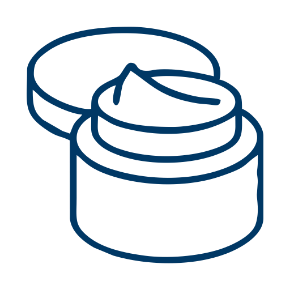
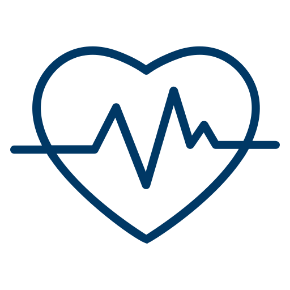
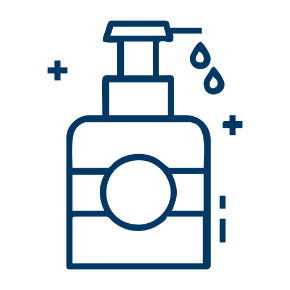
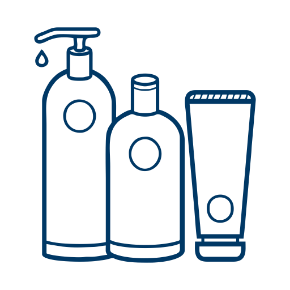
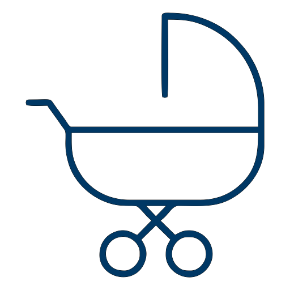
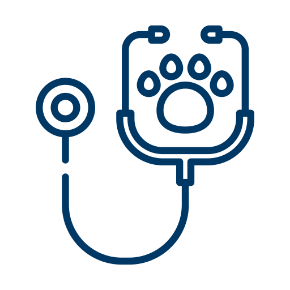
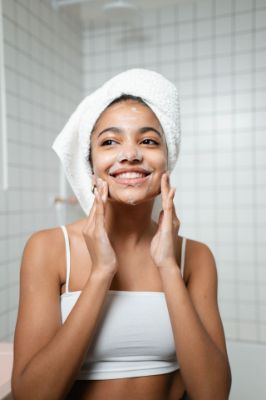
_400.png)
